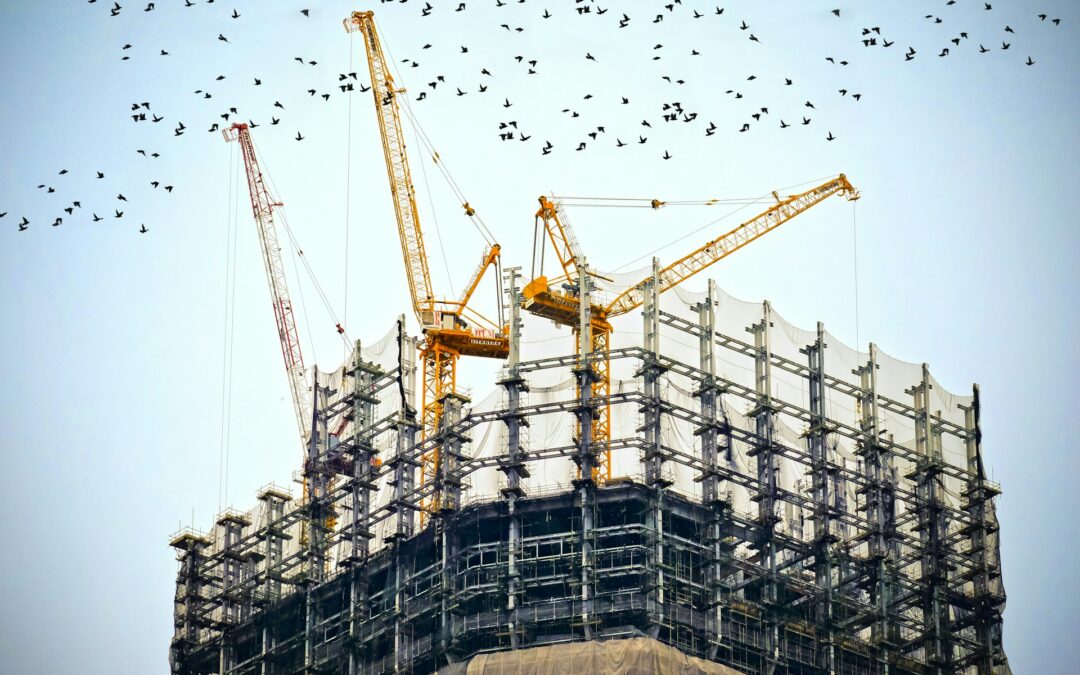This post explores the nature of what defines a building’s Performance, Quality, and Value.
Measuring Quality, Performance & Value
In today’s world, how should we define and measure a building’s Quality, Performance, and ultimate Value? There’s no straightforward answer to this question. In fact, I would wager that if 100 building professionals gathered in a room, with the express purpose of reaching a consensus on the definitions of these terms, they would leave the room with a lot of nebulous, cool-sounding concepts, but without a consensus on any useful, measurable definitions. It’s a difficult question for several reasons:
- There are numerous variables that affect quality, performance, and value. These variables need to be identified, measured, and defined.
- The influence of each variable is not equal. Once all the variables have been identified, a weighting system needs to be developed to determine the relative impact of each variable on quality, performance, and value.
- Some variables cannot be measured scientifically by an objective measuring device. For example, aesthetic value is subjective and depends on each observer’s perspective. How should variables that aren’t quantifiable be weighted?
- Assuming all relevant variables can be identified, measured, and weighted, an algorithm needs to be developed that can provide a practical and useful result. This algorithm then needs to be tested and modified so its result consistently correlates with real-world conditions and can be used to predict future conditions based on design inputs.
To summarize, is it possible to derive an algorithm that can inform future designs and assist in operating existing buildings? By any assessment, it will take serious time, resources, and planning to arrive at an accurate and useful solution that can actually be implemented by industry players. However, we can begin brainstorming to get the ball rolling. Let’s start with the following example :
(Performance) * (Business Markets) + (Quality) = Value
PB+Q=V
In theory each component of the algorithm would include all the variables that comprise Performance (P), Business Markets (B), and Quality (Q). This input would enable us to calculate a useful output for Value (V). Note that this topic was introduced in an earlier blog (PBQ=V).
Currently, there are several sustainability and wellness measures such as LEED, BREAM, and WELL. Each of these measures provides detailed data on specific aspects of building. For instance, what defines a sustainable building and a “healthy” building? Both sustainability and wellness are important qualities and certainly would be part of the input that defines P, B, Q, and V. However, the question of overall value is more holistic. How do we begin to identify the variable for our algorithm?
A Beginning List of Primary Variables
The list below outlines five primary categories that impact P, B, Q. and V. Each category includes relevant subcategories.
I don’t mean to imply that this is a complete list, or even a correct list. Rather, I think of it as a jumping off point for future research and discussion.
- Human Health
- Impact on illness & wellness
- Impact on well-being
- Impact on local culture
- Environment
- Interior
- Air
- Water
- Exterior
- Air
- Water
- Earth
- Softscape
- Hardscape
- Interior
- Energy
- Production
- Distribution
- Efficiency & Use
- Natural Resource Management
- Resource Attraction
- Response Conservation
- Manufacturing & Transportation
- Design, Construction, Delivery, and Long-term Operational Costs
Creating a Research Environment
This is a short list that will help guide a long-term research project, that will help guide decisions on future Optimized buildings. The vast majority of buildings in today’s market are unique, one-off, structures. A growing optimized building market will not only provide useful data for hypothetical quality/value (QV) algorithms, but also help us test our assumptions on real structures. These structures will be designed, manufactured, assembled, and tested with the long-term objective of teasing out an understanding of QV that has eluded the building industry for several millennia. Optimized building will enable greater control over the building environments not only during construction/assembly, but also during operational mode. Building Automation Systems (BAS) and Building Management Systems (BMS) will also be optimized and standardized, and this will allow effective tests to be developed and performed.
Going forward, developing a clear understanding of PBQ=V will be invaluable both for industry professionals and the clients and markets they serve.
Photo by Danist Soh on Unsplash
